In the vast world of insects, there exists a fascinating category of creatures that seem almost magical—insects with transparent wings. These delicate beings appear to fly on glass-like appendages that shimmer and reflect light as they move through the air. From the familiar dragonfly to the lesser-known glasswing butterfly, these insects showcase one of nature’s most elegant adaptations. Their translucent wings serve not merely as aesthetic wonders but as functional evolutionary advantages that have helped these species survive and thrive for millions of years. This article explores the remarkable world of insects with see-through wings, examining their biology, diversity, ecological roles, and the scientific fascination they continue to inspire.
The Science Behind Transparent Wings
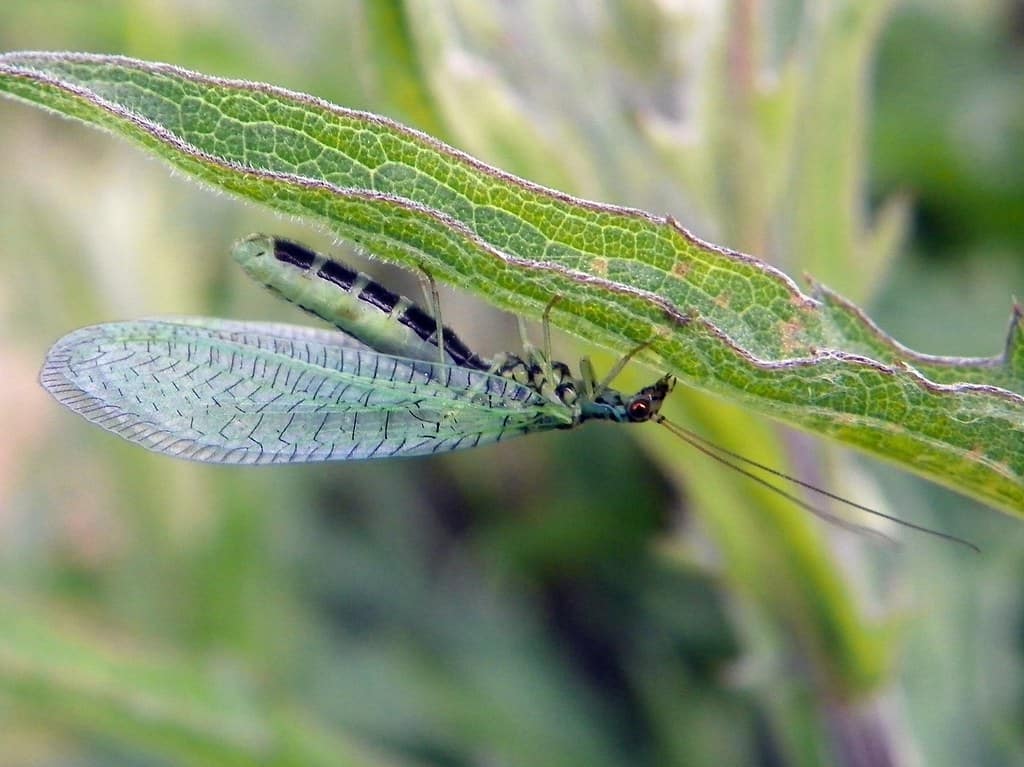
The transparency of insect wings represents a marvel of natural engineering. Unlike the opaque wings of many insects, transparent wings lack the pigmentation and scales that create color. Instead, these wings are composed of chitin, a polysaccharide that forms a clear, thin membrane stretched between a network of veins. This membrane is often only a few micrometers thick—thinner than a human hair. The remarkable clarity comes from the specific arrangement of chitin molecules and the wing’s nanostructure, which allows light to pass through with minimal scattering or reflection. Scientists studying these structures have discovered that the transparency results from anti-reflective properties created by tiny nanopillars on the wing surface, which eliminate almost all reflection regardless of the viewing angle—a feature that has inspired biomimetic applications in technology.
Dragonflies: Masters of Transparent Flight

Dragonflies stand as perhaps the most recognized insects with transparent wings, boasting two pairs of elongated, glass-like appendages that have earned them admiration worldwide. These ancient insects have existed for over 300 million years, making them older than dinosaurs. Their transparent wings contain intricate networks of veins that provide structural support while maintaining clarity. What makes dragonfly wings particularly remarkable is their combination of strength and lightness—they can support the insect’s body weight while being thin enough to maintain transparency. Each wing operates independently, allowing dragonflies to hover, fly backward, and even upside down, achieving speeds up to 35 miles per hour. This aerial mastery, coupled with their striking appearance, has made dragonflies symbols in many cultures and subjects of extensive scientific research into flight mechanics.
The Glasswing Butterfly: Nature’s Window
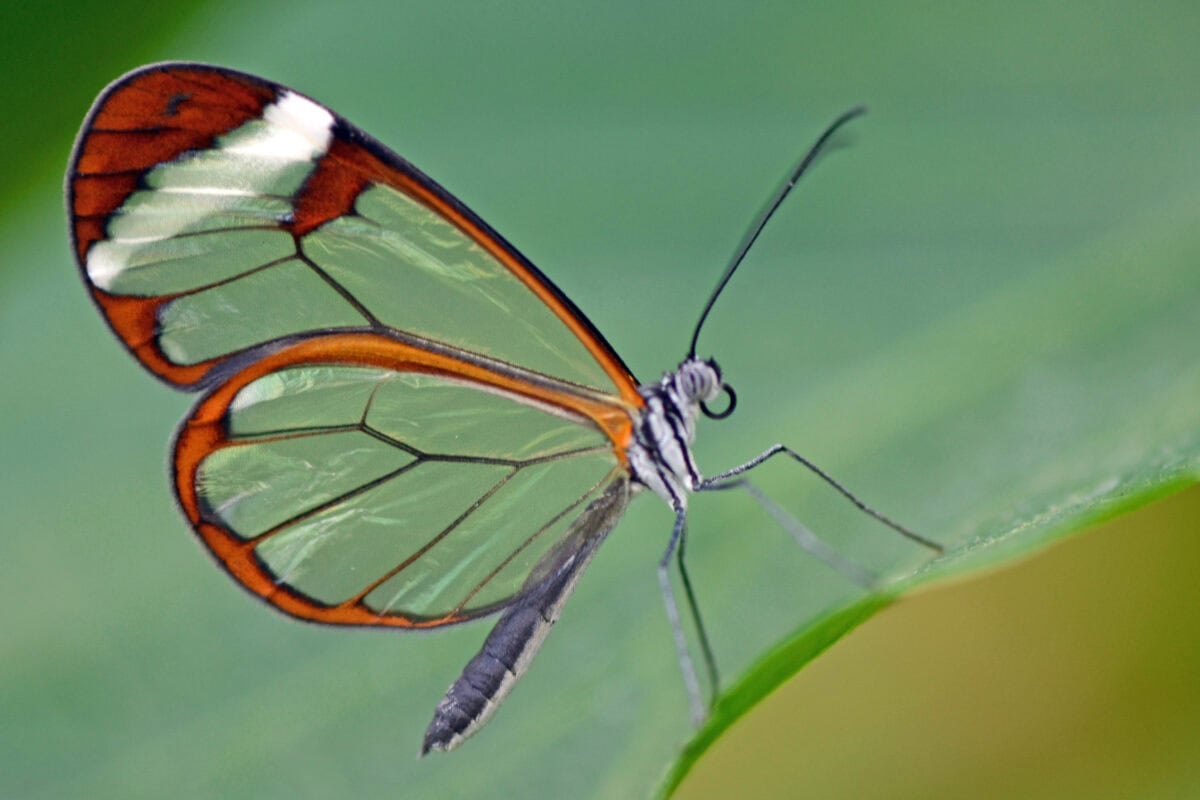
The glasswing butterfly (Greta oto) represents perhaps the most stunning example of transparency in the insect world. Native to Central and South America, this butterfly features wings with completely transparent central panels surrounded by opaque, brownish-orange borders. The transparent portions lack the colored scales typical of other butterflies, instead featuring specialized, sparsely arranged scales that stand upright like tiny hairs. These modified scales have anti-reflective properties that minimize glare while allowing almost 98% of light to pass through—more efficient than many man-made anti-reflective coatings. This unique adaptation helps the glasswing butterfly avoid predators by effectively disappearing against any background. When these butterflies gather in groups on flowering plants, their transparent wings create a mesmerizing visual effect that seems to bend reality, making them favorites among photographers and naturalists alike.
Evolutionary Advantages of Transparency

The evolution of transparent wings represents a remarkable example of natural selection at work. This adaptation offers several significant advantages that have helped transparent-winged insects survive across millions of years. The most obvious benefit is camouflage—transparent wings render insects less visible to predators as they blend with their surroundings. This is particularly valuable for slower-flying species that cannot rely on speed to escape threats. Additionally, transparency reduces the energy cost of wing development, as producing pigments requires metabolic resources. For insects like mosquitoes and midges, transparent wings minimize weight, allowing for more efficient flight with less energy expenditure. Some research suggests that transparent wings may also help insects regulate temperature by allowing sunlight to pass through rather than being absorbed, preventing overheating during prolonged flight in sunny conditions. These adaptive advantages explain why transparency has evolved independently in multiple insect lineages.
Lacewings: Delicate Transparency

Lacewings represent another fascinating group of insects with remarkably transparent wings. These beneficial predatory insects belong to the order Neuroptera and are named for their intricate, lace-like wing venation that creates a delicate network across their transparent membranes. Their wings display an iridescent quality, sometimes appearing to shimmer with rainbow hues when light strikes them at certain angles. This effect comes from the thin-film interference created by the wing structure. Adult green lacewings (Chrysoperla species) are particularly valued in gardens and agriculture as biological pest control agents, as both adults and larvae consume aphids and other small pest insects. Their transparent wings allow them to remain somewhat concealed while hunting or resting among vegetation. Despite their fragile appearance, lacewing wings are surprisingly resilient, enabling these insects to survive in diverse habitats across six continents, from tropical forests to temperate gardens.
Cicadas and Their Crystal-Clear Appendages
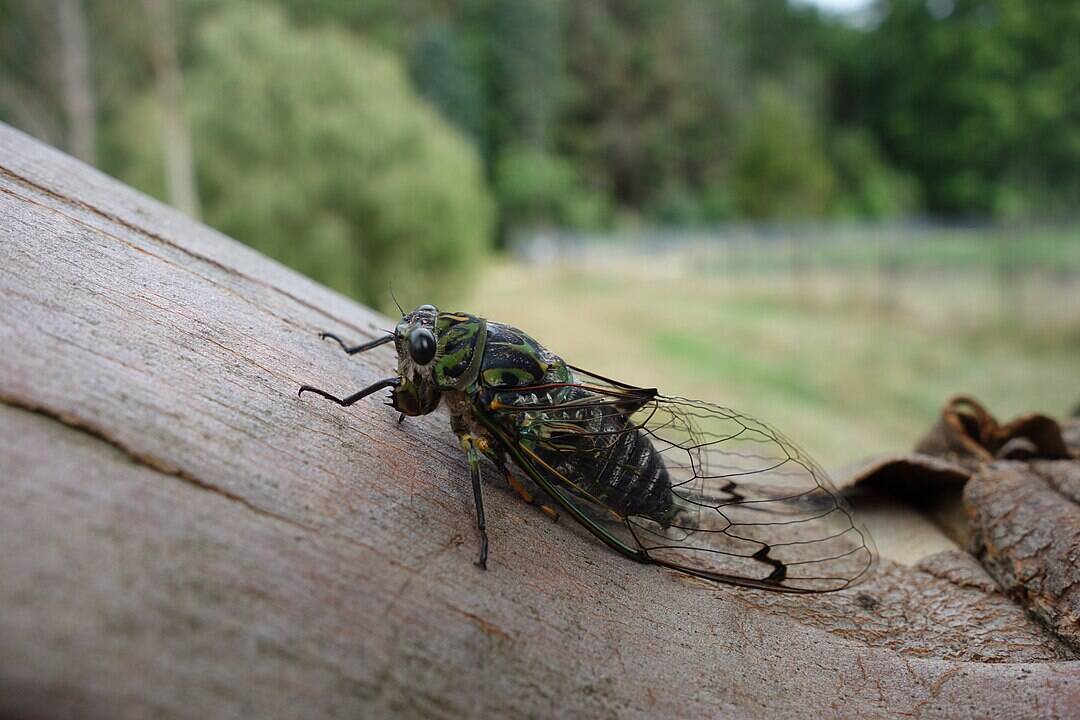
Cicadas present another remarkable example of insects with transparent wings. These cultural icons, known for their periodic emergences and distinctive songs, possess two pairs of large, transparent wings that extend well beyond their bodies when at rest. The wings feature prominent veins that create distinctive patterns while maintaining transparency between them. Unlike some other transparent-winged insects, cicadas showcase considerable variation in wing patterns across their approximately 3,000 species worldwide. Some tropical species display colored patches or bands across otherwise clear wings, representing a fascinating intermediate state between fully transparent and fully opaque wings. Cicada wings also possess remarkable self-cleaning properties due to nanoscale structures that create a superhydrophobic surface—water droplets roll off, carrying away contaminants. This keeps the wings clear and functional throughout the insect’s relatively short adult life, which can range from a few weeks to several months depending on the species.
Flies: Everyday Transparency
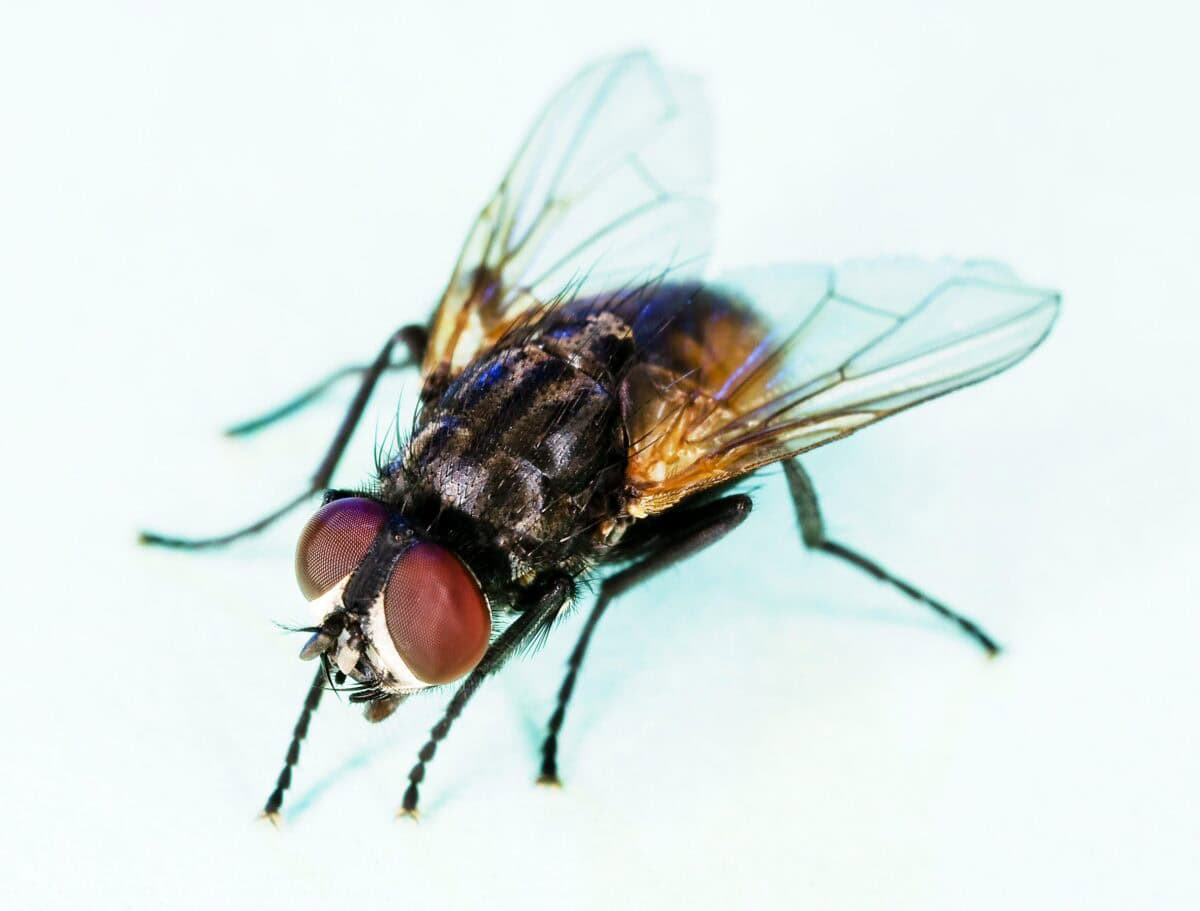
The order Diptera, which includes common houseflies, mosquitoes, and gnats, represents one of the most abundant groups of insects with transparent wings. Unlike many other flying insects that have four wings, true flies possess only two wings, with the second pair modified into small balancing organs called halteres. Their transparent wings typically lack scales and contain minimal pigmentation, resulting in near-perfect clarity. The common housefly (Musca domestica) demonstrates how transparent wings benefit even common insects—their wings allow them to blend visually with backgrounds while maintaining the lightweight structure necessary for their characteristic agile, erratic flight patterns. Fruit flies (Drosophila), among the most important model organisms in genetic research, also feature transparent wings that have been extensively studied to understand developmental biology. The simplicity and transparency of fly wings have made them valuable subjects for research into wing evolution, development, and biomechanics across the insect world.
Damselflies: Elegant Transparency
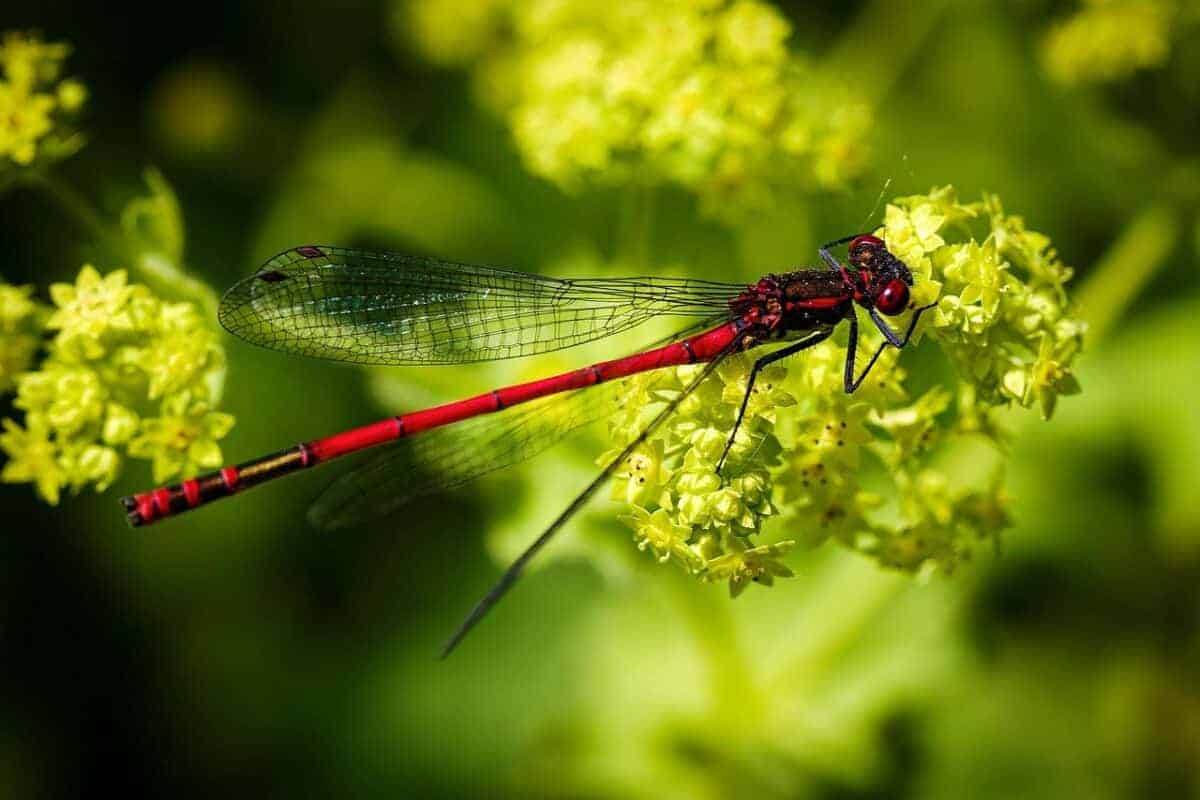
Damselflies, close relatives of dragonflies, exhibit some of the most elegant transparent wings in the insect world. Unlike their more robust cousins, damselflies possess slender bodies and hold their equal-sized transparent wings folded vertically above their bodies when at rest, creating a distinctive silhouette. Their wings display remarkable structural precision, with each containing hundreds of tiny cells formed by cross-veins that provide strength while maintaining transparency. Many damselfly species, especially in the family Calopterygidae, feature colored patches at the wing tips or bases that contrast dramatically with the transparent regions, creating striking visual patterns used in courtship displays. These colored sections typically contain specialized pigment cells that produce iridescent blues, greens, or reds. Researchers have discovered that the transparent sections of damselfly wings contain microstructures that reduce light reflection by up to 99.5%, helping these insects remain inconspicuous to both predators and prey when they perch near water bodies.
Mayflies: Ephemeral Transparency

Mayflies embody the fleeting beauty of transparent wings in the most literal sense. These ancient insects, belonging to the order Ephemeroptera (from the Greek for “short-lived” and “wings”), possess two or sometimes three pairs of triangular, transparent wings held upright like sails when at rest. Their adult lifespans range from just 30 minutes to a few days—hence their name—during which their sole purpose is reproduction, as adults don’t even possess functional mouthparts for feeding. Their transparent wings contain distinctive venation patterns that taxonomists use to distinguish between the approximately 2,500 species worldwide. The wings’ clarity serves a practical purpose for these short-lived insects, reducing the metabolic cost of producing pigmentation and minimizing weight for their nuptial flights. Mayflies represent one of the oldest lineages of flying insects, with fossils dating back over 300 million years, and their massive synchronized emergences from water bodies provide crucial food sources for many fish, birds, and other wildlife, making their transparent wings an essential part of many freshwater ecosystems.
Technological Inspiration from Transparent Wings
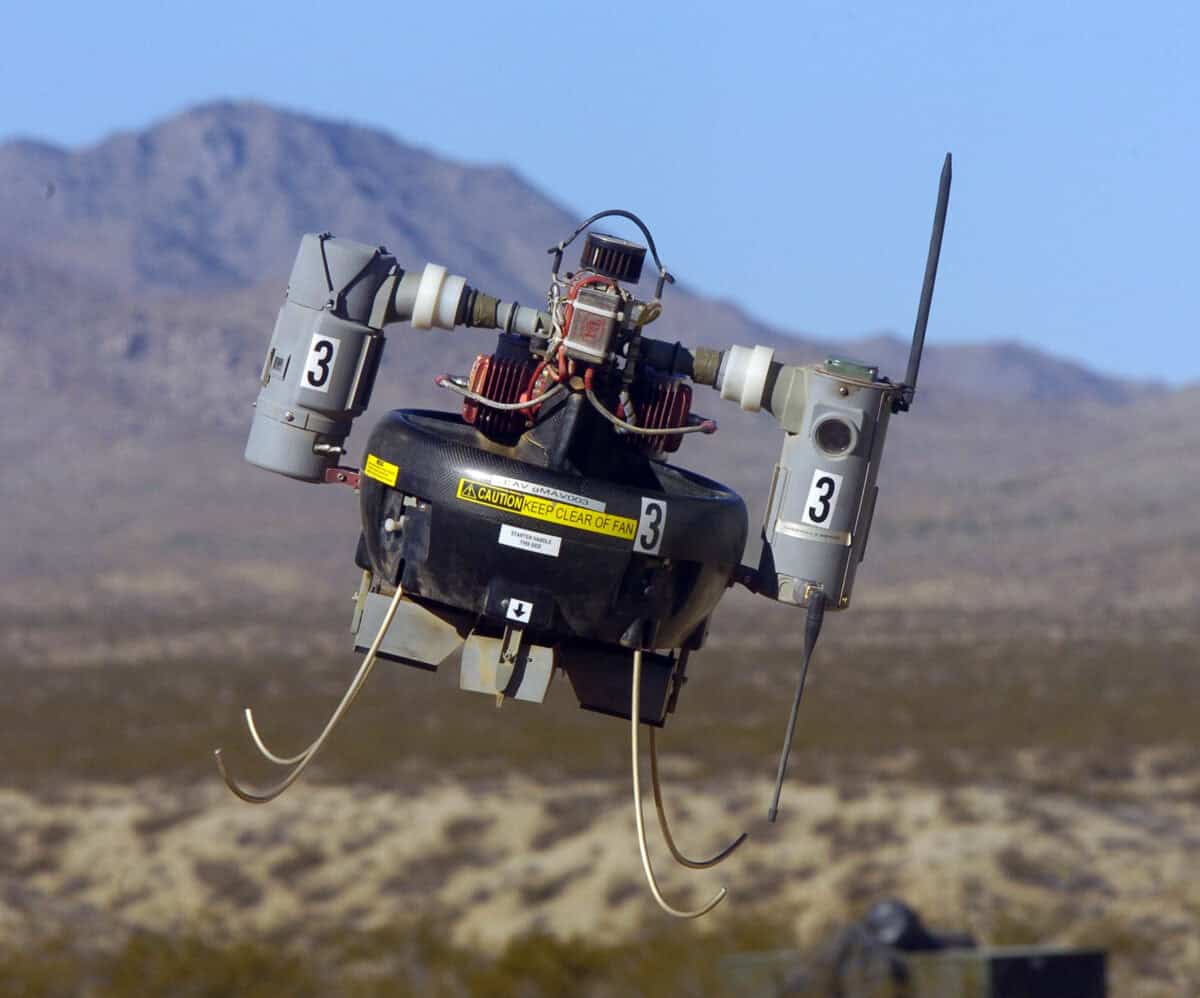
The remarkable properties of transparent insect wings have increasingly inspired technological innovations through biomimicry. Scientists studying the nanoscale structures of glasswing butterfly wings have developed anti-reflective coatings for solar panels that can increase energy absorption by up to 8%. The self-cleaning properties of cicada wings, which use nanoscale pillars to repel water and destroy bacteria through physical rupture rather than chemical action, have inspired antimicrobial surfaces for hospitals and medical devices. Dragonfly wing structures have informed the design of more efficient micro air vehicles (MAVs) for surveillance and disaster response. The combination of strength, flexibility, and transparency found in these natural structures offers valuable insights for developing next-generation materials. In 2021, researchers at Pennsylvania State University created bioinspired clear composites based on insect wing structures that combine transparency with exceptional impact resistance, potentially revolutionizing applications from smartphone screens to aircraft windows. As nanotechnology advances, we can expect more innovations derived from these elegant natural designs.
Threats to Transparent-Winged Insects

Despite their evolutionary success, many insects with transparent wings face significant threats in the modern world. Habitat loss represents perhaps the most serious challenge, particularly for specialized species like glasswing butterflies that depend on specific host plants and forest habitats. Dragonflies and damselflies, which require clean freshwater ecosystems for reproduction, have experienced population declines due to water pollution, wetland drainage, and riparian development. Climate change poses additional threats, as altered temperature and precipitation patterns disrupt the delicate timing of insect life cycles. Light pollution affects nocturnal transparent-winged insects like lacewings and caddisflies, disrupting their navigation and mating behaviors. Pesticide use in agriculture and mosquito control programs impacts non-target species with transparent wings, including beneficial predators. Conservation efforts for these insects increasingly focus on habitat protection, creating wildlife corridors, reducing chemical inputs in agriculture, and establishing monitoring programs to track population trends across multiple species.
Photographing Transparent Wings
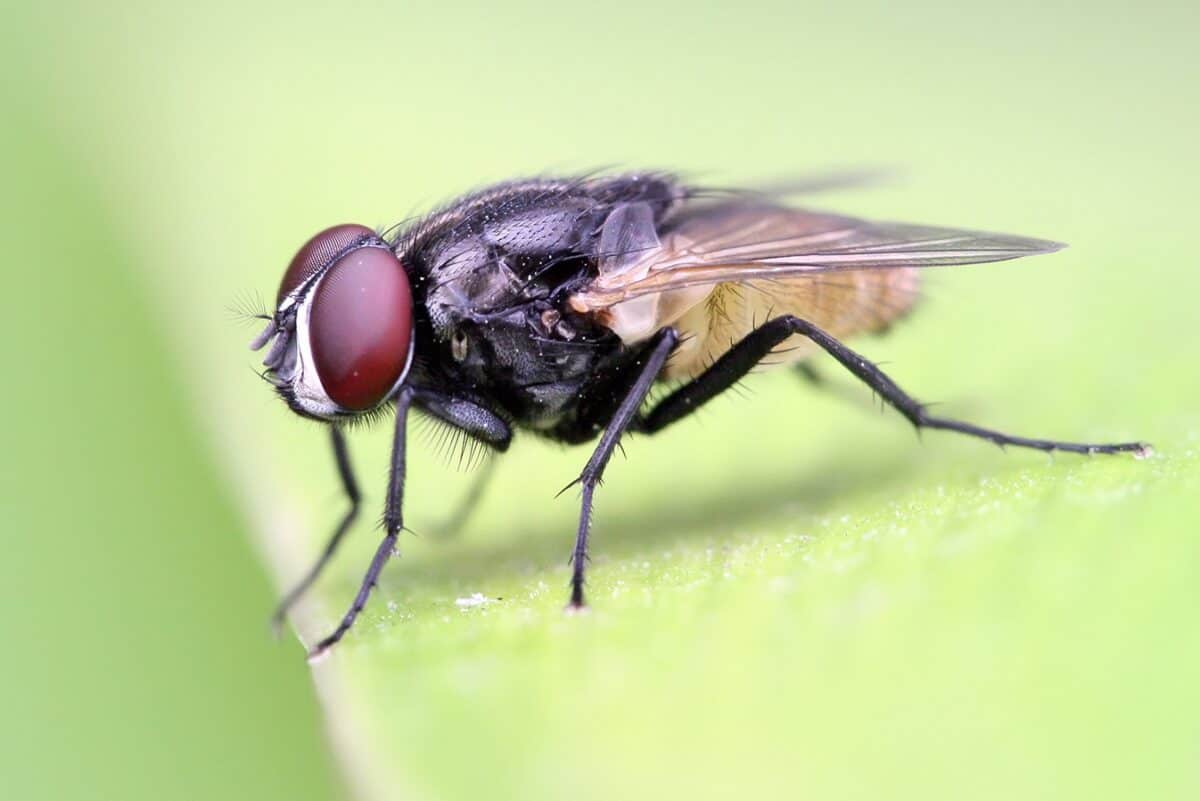
Capturing the ethereal beauty of transparent insect wings presents unique challenges and rewards for photographers. The very quality that makes these wings remarkable—their transparency—also makes them difficult to photograph effectively. Professional nature photographers often use specialized techniques to highlight these delicate structures. Backlighting represents one of the most effective approaches, positioning the insect between the camera and a diffused light source to illuminate the wing structure. Side lighting can accentuate the venation patterns and create dramatic highlights along wing edges. Macro photography equipment is essential for revealing the intricate details and nanoscale structures that create these transparent marvels. Many photographers employ focus stacking—combining multiple images taken at slightly different focus points—to achieve sharp images throughout the wing’s three-dimensional structure. The best times for photographing transparent-winged insects are typically early morning or late afternoon when dew may cling to wings, outlining their structure, and when insects are less active due to cooler temperatures. Digital post-processing techniques can further enhance visibility of transparent structures without sacrificing the natural appearance that makes these insects so captivating.
Insects with transparent wings represent some of nature’s most elegant evolutionary solutions, balancing the seemingly contradictory requirements of visibility and invisibility. Their glass-like appendages showcase how natural selection can produce structures of both remarkable functionality and aesthetic beauty. From the agile dragonfly patrolling garden ponds to the almost magical appearance of the glasswing butterfly, these insects demonstrate principles of biomechanics and optics that continue to inspire scientific discovery and technological innovation. As we face a biodiversity crisis that threatens insect populations worldwide, appreciating the wonder of transparent wings provides another compelling reason to protect these often-overlooked creatures. Whether serving as efficient predators, critical pollinators, or important links in complex food webs, transparent-winged insects play vital roles in maintaining healthy ecosystems while reminding us that some of nature’s most sophisticated engineering exists on the smallest scales.
- America’s Most Endangered Mammals And How to Help - August 9, 2025
- The Coldest Town in America—And How People Survive There - August 9, 2025
- How Some Birds “Steal” Parenting Duties From Others - August 9, 2025

